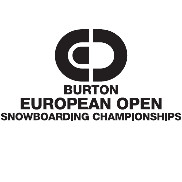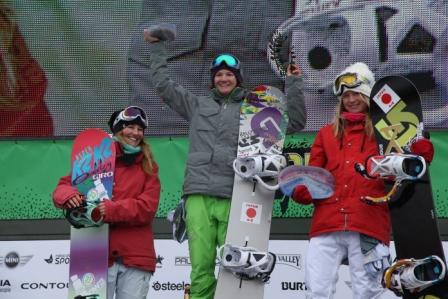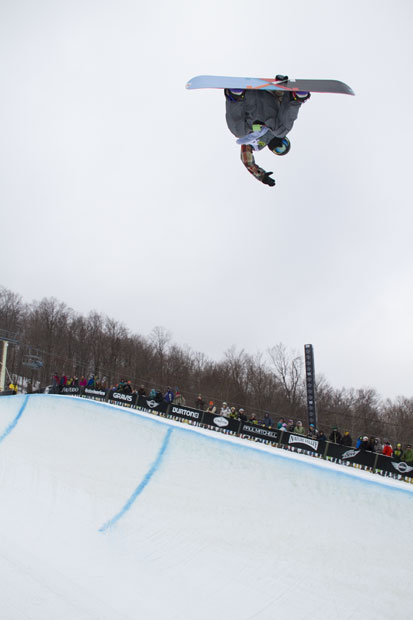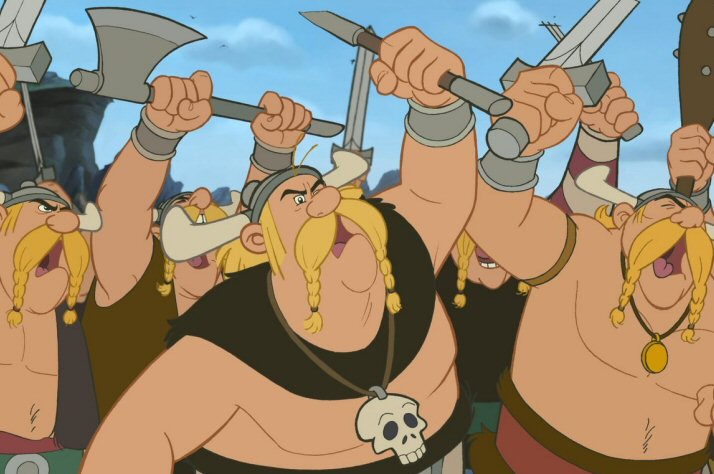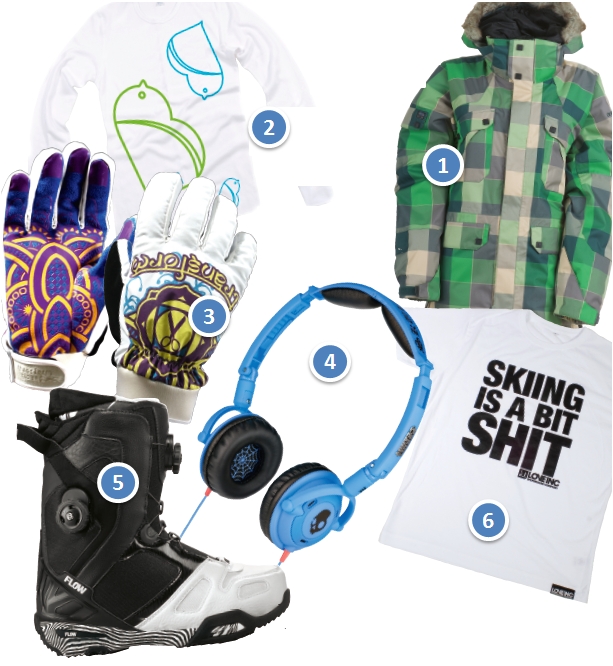Published in Whitelines Magazine Issue 95, February 2011
Words: Chris Moran
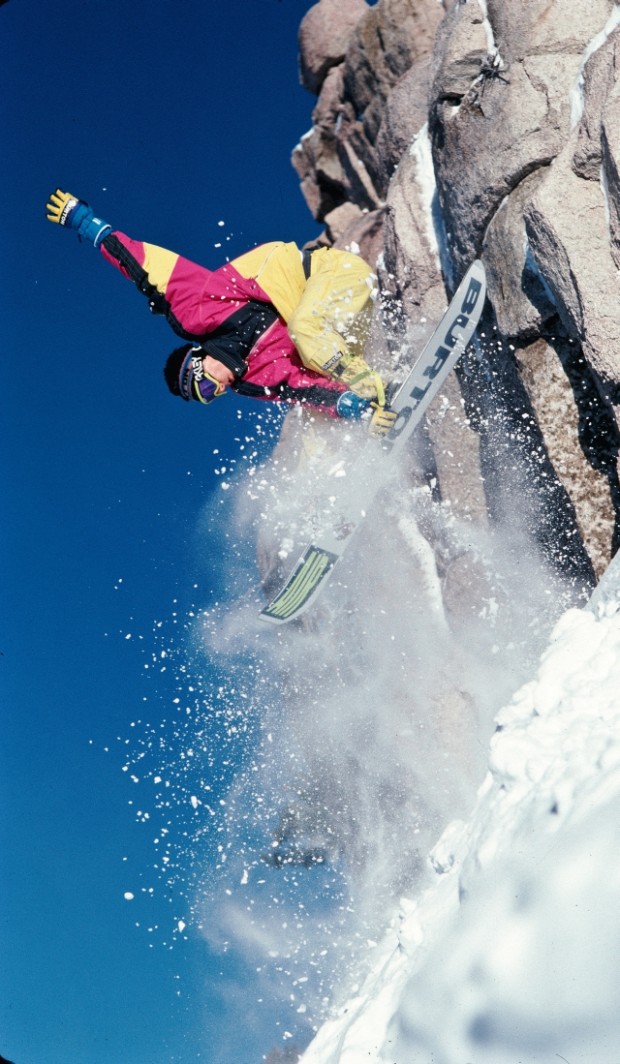
On the morning of the 21st of January in 2003,competitors, industry folk and spectators at the Burton European Open awoke to some sad news. “Over the weekend, Craig Kelly was guidinga group of skiers and riders in the Revelstoke area ofBritish Columbia,” explained an email from Burton.“The group was caught in an avalanche. Tragically,Craig Kelly and six others did not survive.”
There was a palpable outpouring of grief. ForBurton, the main sponsor and organiser of the event,it was an untimely end to one of their best ever riders,a legendary presence in the scene, and – let’s befrank – one of the company’s best assets. To otherswho’d known Craig or had been influenced by hisriding, it was a shock – and a reminder that no matterhow talented, gifted and hard working we are, lifeis a precious gift that can be taken from us withoutwarning. The BEO was postponed while the newssunk in, an unprecedented event and a multi-millionEuro decision, but the right one in the circumstances.It seemed inconceivable to run a snowboardcompetition after such a body blow to the sport.
Craig Elmer Kelly was only 36-years old whenhe died, but his place in snowboarding’s folklore wasabsolutely assured. Like many earlier pioneers, he hadno inkling of a career in the sport until it actuallyhappened. Born on the 1st April 1966, Craig’s lifetook a left turn when his family moved to Mt Vernonin Washington State in 1979. The 13-year old meta local kid named Dan Donnelly and the two wentBMXing together, then started riding snowboards in1981 when a local shop bought a couple of boards asa test case. From day one they were pushing the sport.Duncan Howat, the owner of local resort Mt Baker,was in two minds whether to allow snowboarding. Hiswife Gail said recently that “when Duncan saw whatCraig could do on a snowboard, it changed his wholeoutlook.” Mount Baker opened its doors to ridersand became an influential hotbed of experimentalsnowboarding. Not long after, legendary board makerTom Sims made a detour to Baker to see Craig ride.“When I left,” said Sims in a recent interview, “I gaveCraig my personal board, a 1500 FE, and shook hishand.” He was on the Sims snowboard team.
But Craig was a dedicated student with auniversity place lined up, and snowboarding – thoughgrowing – was hardly a career choice. By 1985 it wasdecision time: with the launch of a new magazine,and a burgeoning competition scene, there was thepotential to follow a dream. Hedging his bets, Craigjuggled schoolwork with a diary full of contests and astrict training regime. He was no slacker, telling onemagazine “I constantly think about working a certainmuscle group or perfecting a particular techniqueif my riding doesn’t feel technically perfect.” It paidoff: in 1986, he won the slalom event at the WorldChampionships in Breckenridge, Colorado, and asthe 1980s came to an end and his star was rising, heswitched teams from Sims to Burton in the sport’sfirst acrimonious court case, and claimed Burton’sfirst pro model. While the outcome of the court caseremained unsettled, Burton had to market the boardas the ‘Mystery Air’. But everyone knew the ‘mystery’was Kelly.
Kelly took snowboarding professionalism to a new level in the early1990s. While Terry Kidwell was undoubtedly the father of modernfreestyle, adapting many skate and surf tricks, Kelly took those moves,added his own style and, crucially, trained. He won virtually everycompetition there was, including four world championship titles ina row, and along the way, helped shape, research and design manyof Burton’s products. “When I started listening to Craig,” said JakeBurton Carpenter, “was when my company became successful andreally took off.”
Kelly was making OK money from winning competitions, buthe was clearly looking to branch out and make his career as profitableas possible. “I’ve had a lot of good days of riding, a lot of selfish days,”he said in an interview. “I just go out and ride powder all the time. Iam ready to sort of give back to the kids.” In 1988, he set up the CraigKelly World Snowboard Camps, which toured during the summers– notably to Norway in 1989, where Kelly met a quiet but incrediblytalented young rider by the name of Terje Haakonsen. “He was myinspiration before I met him.” said Haakonsen in an interview yearslater. “When I finally met him he turned out to be the best possible rolemodel. Not just because of his snowboarding, but also for his lifestyleand love for the mountains. I don’t know anybody else that lovedmountain riding as much as he did.”
Filmmaker Jacques Russo was someone who met Kelly at thattime, when the pair worked on 1989’s The Smooth Groove. “He wasno fool,” said Russo recently. “The film made it onto TV – the firstsnowboard film on the Discovery Channel. Films were giving himmore exposure and revenue than he thought so he was like, “Let’s makeanother.”
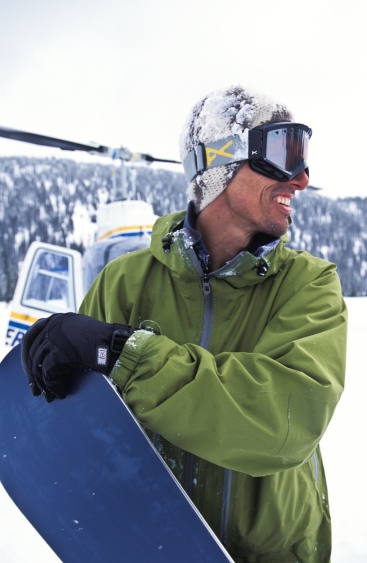
As the 1990s progressed, Kelly was regarded as the most bankablename in the sport. Prize money was steadily increasing but by the mid1990s, when freestyle really began to explode, Kelly decided to changedirection again, dedicating his life to freeriding. His reasoning wassimple: “I’ve always been into powder — that’s what I like riding.”Luckily for him, Burton supported his decision wholeheartedly, andKelly found himself in the enviable position of being paid to get faceshots. Though he would claim that he didn’t read the magazines orwatch snowboard films (“What I do… is really pretty independentof snowboarding, and the more independent it is, the more pure andbetter I feel about [it]”) Burton clearly thought that he was hardwiredto understand the older generation of snowboarders. Maybe there wasa market for people who enjoyed exploring the backcountry, as brandslike The North Face and Patagonia had pioneered in climbing?
Again, Kelly was at the vanguard. Snowboarding’s older ridersstarted to shun the parks and resorts and embark upon adventures, helitrips and powder hunts. Prior to 1994 there were no heli operations inAlaska; a decade later and the backcountry access industry in the areahad become huge. Burton’s ‘AK’ line and high end products increased,and snowboarding’s popularity didn’t just increase amongst kids, itwidened its whole demographic. For the older, more thoughtful rider,Craig Kelly was the ultimate pin-up. As Jake Burton puts it:
“When the rest of the industry listened to Craig, that was when thesport really took off.”
This upward trajectory was sadly cut short on the 20th of Januaryin 2003. On the day of his death, Kelly was making the transition froman ambassadorial rider for Burton into a full time mountain guide.It was while out on a training exercise that the avalanche struck, in aravine near Nelson, British Columbia, where Kelly had made his homewith wife Savina and their two-year-old daughter Olivia.
Kelly was one of the most gifted, intelligent and careful riders outthere, which made his death even more difficult to comprehend. Therewas no sense to be made from his death. It was a strange, sad anomalyin the story of snowboarding. His dad Pat explained that he could dealwith the loss because “Craig had lived as much in 36 years as most ofus do in 80,” which was a very fitting obituary.

